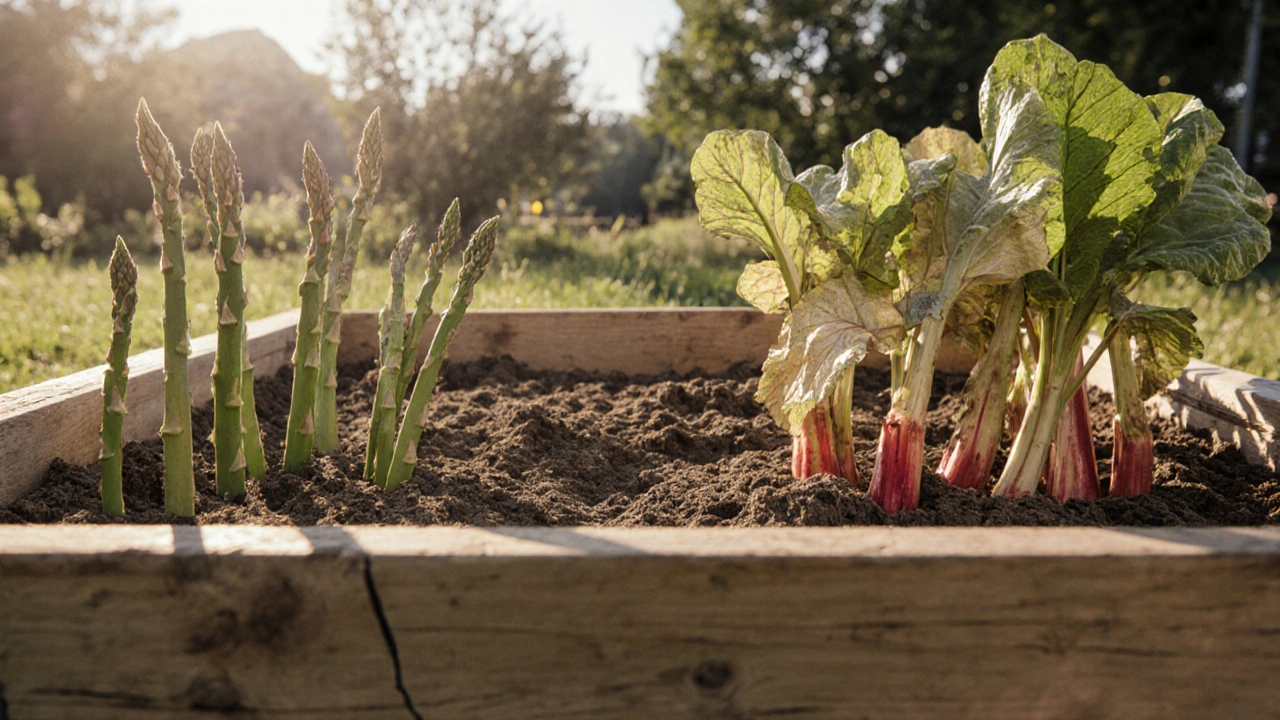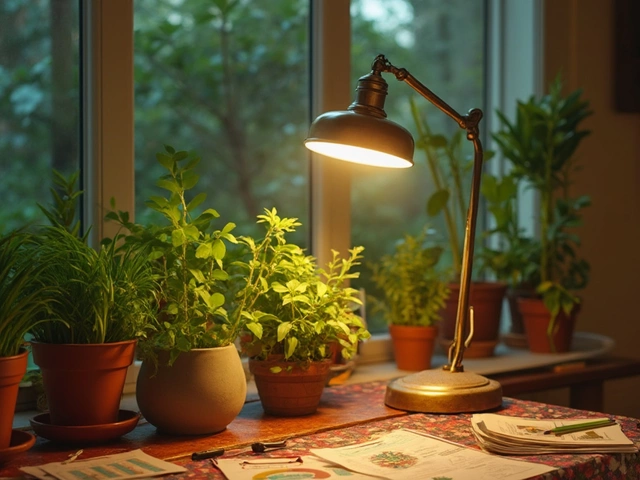Deep‑Rooted Plants: Growing Strong in Indian Gardens
When working with deep‑rooted plants, species whose root systems extend well beyond the topsoil, reaching moisture‑rich layers deeper underground. Also known as deep‑soil cultivars, they stabilize soil, improve water infiltration, and tolerate drought conditions common across Indian climates. Alongside deep‑rooted plants, gardeners often deal with soil compaction, the squeezing of soil particles that blocks root penetration, rely on drip irrigation, a low‑pressure, localized watering method that delivers water directly to root zones, explore rooftop gardening, high‑rise planting that often limits vertical soil depth, or experiment with green roofs, living roof systems where weight and depth constraints affect plant choice. Understanding how these factors interact gives you the tools to make deep‑rooted plants thrive anywhere.
Why Deep‑Rooted Plants Matter
Deep‑rooted plants act like natural water wells. Their roots draw moisture from lower soil horizons, reducing the need for frequent surface watering. This property aligns perfectly with drip irrigation, which can be set at depths that match the root zone, delivering water exactly where the plant needs it while conserving every drop. When you place drip lines 12‑18 cm below the surface, you create a moist pocket that deep roots tap into, cutting evaporation losses dramatically.
In compacted soils, however, roots hit a barrier. Amending the ground with organic compost, sand, or bio‑char loosens the dense structure, giving roots a clear path. A simple test—pressing a finger into the soil—helps you gauge compaction: if it feels rock‑hard, add a 2‑inch layer of coarse organic matter and till lightly. Over time, the organic material breaks down, creating channels for roots to explore deeper layers.
Rooftop gardening and green roofs present a different challenge: the substrate is often shallow, limiting how deep any plant can root. For these settings, choose compact‑rooted varieties or use modular trays that increase soil depth without overloading the roof. If you still want a deep‑rooted species, prepare a raised planter box with a lightweight, well‑draining mix that can support a few feet of soil while staying within structural limits.
Sustainable gardening thrives on the synergy between deep roots and native plants. Indigenous species have evolved root systems tuned to local soil profiles and climate patterns, meaning they require less fertilizer and irrigation. Pairing deep‑rooted natives with mulching and rainwater harvesting creates a self‑reinforcing ecosystem: mulch protects the surface, rain barrels supply water, and deep roots channel moisture downwards, improving overall soil health.
When planning a garden, map out the expected root depth for each plant group. Group deep‑rooted trees and shrubs on the windward side to act as windbreaks, while placing shallow‑rooted herbs and veggies closer to the garden edge for easier access. This spatial arrangement maximizes water use, reduces competition, and makes maintenance simpler.
Below you’ll find a curated set of articles that dive deeper into each of these topics—soil amendment tricks, drip‑line installation depths, rooftop garden design limits, and more. Whether you’re a beginner looking for easy starter plants or an experienced grower seeking advanced water‑saving techniques, the collection gives you actionable insights to put deep‑rooted plants to work in any Indian garden.

Plants That Struggle in Raised Beds - What to Avoid
Discover which plants struggle in raised beds, why they fail, and practical tips to adapt or avoid them for a thriving garden.
About
Vegetable Gardening
Latest Posts


Ultimate Guide to Creating a Thriving Kitchen Garden
By Alden Thorne Jan 22, 2025

Balcony Decorating Ideas: Turn Your Small Outdoor Space into a Stylish Retreat
By Alden Thorne Oct 13, 2025

Should You Bury Your Drip Irrigation System?
By Alden Thorne Apr 6, 2025
